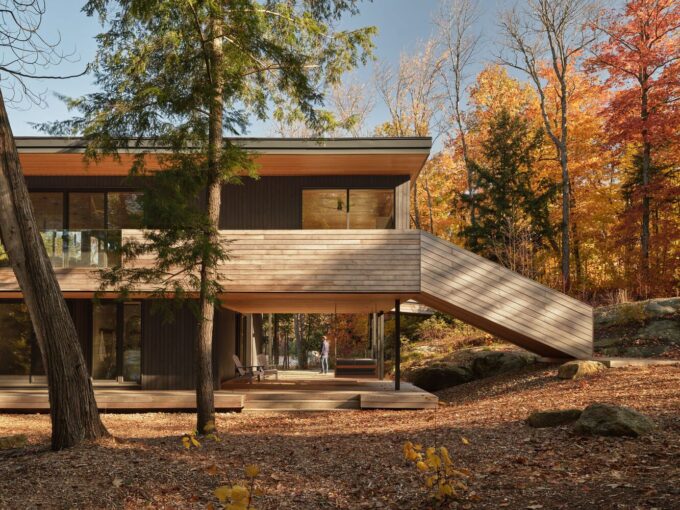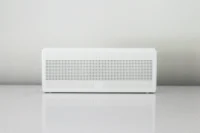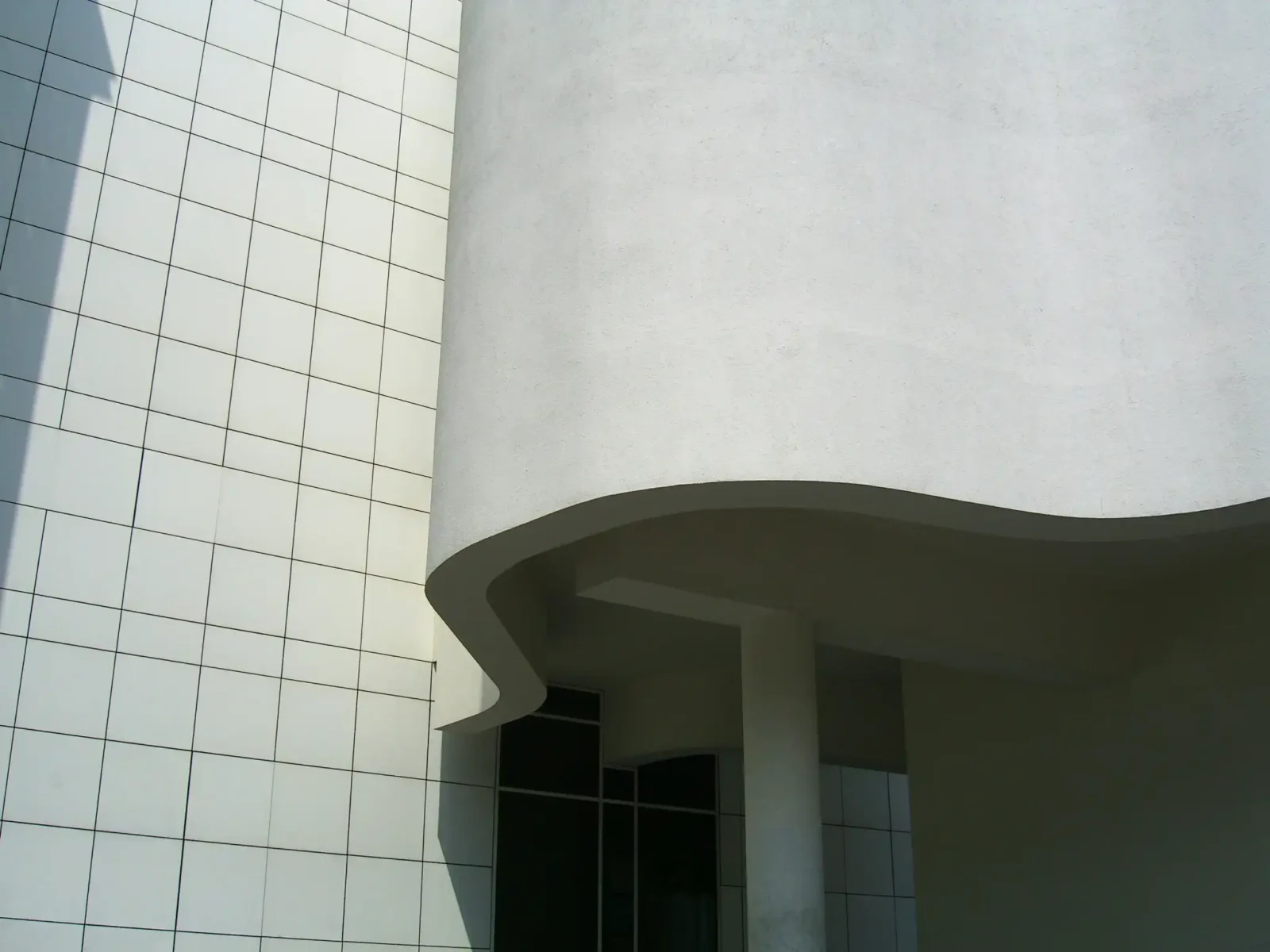- Home
- Articles
- Architectural Portfolio
- Architectral Presentation
- Inspirational Stories
- Architecture News
- Visualization
- BIM Industry
- Facade Design
- Parametric Design
- Career
- Landscape Architecture
- Construction
- Artificial Intelligence
- Sketching
- Design Softwares
- Diagrams
- Writing
- Architectural Tips
- Sustainability
- Courses
- Concept
- Technology
- History & Heritage
- Future of Architecture
- Guides & How-To
- Art & Culture
- Projects
- Interior Design
- Competitions
- Jobs
- Store
- Tools
- More
- Home
- Articles
- Architectural Portfolio
- Architectral Presentation
- Inspirational Stories
- Architecture News
- Visualization
- BIM Industry
- Facade Design
- Parametric Design
- Career
- Landscape Architecture
- Construction
- Artificial Intelligence
- Sketching
- Design Softwares
- Diagrams
- Writing
- Architectural Tips
- Sustainability
- Courses
- Concept
- Technology
- History & Heritage
- Future of Architecture
- Guides & How-To
- Art & Culture
- Projects
- Interior Design
- Competitions
- Jobs
- Store
- Tools
- More
Best Outdoor Drinking Fountains (2025 Complete Guide)
Choosing the right outdoor drinking fountain means balancing durability, accessibility, and maintenance. Here's how to get it right the first time.

You’re planning an outdoor hydration station but worried about making an expensive mistake. Smart thinking. After installing hundreds of drinking fountains across schools, parks, and recreational facilities over 15 years, I’ve seen too many projects fail because people focused on price instead of performance.
The truth? Most outdoor drinking fountain failures happen because buyers don’t understand the difference between “outdoor rated” and “actually works outdoors.” A fountain that looks great in a catalog might crack after one winter, develop pressure problems, or become a maintenance nightmare.
Selecting the right outdoor fountain requires understanding your specific environment, usage patterns, and long-term maintenance needs. Whether you’re outfitting a school playground, sports complex, or public park, the principles stay the same.
Here’s how to choose a drinking fountain that actually performs for years, not months.
Table of Contents
ToggleUnderstanding Outdoor Drinking Fountain Types
Your installation environment determines everything. A fountain perfect for a mild climate playground becomes a disaster in Minnesota winters. Start with your harshest conditions, not your average day.
1. Pedestal Drinking Fountains
Pedestal fountains work best for high-traffic areas where multiple users need simultaneous access. They’re visible, accessible, and provide excellent stability for heavy use.
The key advantage is dual-height capability. Most quality pedestal fountains offer both adult and child access points, making them ADA compliant while serving diverse user groups efficiently.
Foundation requirements matter more than you think. Pedestal fountains need solid concrete pads to prevent settling and maintain proper drainage. Skimping on foundation work creates long-term problems that cost more to fix than doing it right initially.

2. Wall-Mounted Drinking Fountains
Wall-mounted units save space while providing reliable service. They work particularly well for schools, recreation centers, and facilities where floor space is limited but wall support is available.
Installation requires proper wall reinforcement and accessible electrical connections. Most wall-mounted failures happen because builders underestimate the structural support needed for heavy daily use.
Maintenance access is crucial. Wall-mounted fountains are harder to service than freestanding units. Ensure service panels are accessible and consider how you’ll handle winter shutdowns in freezing climates.
3. Bottle Filling Stations
Bottle fillers address modern hydration preferences while providing traditional drinking fountain access. They’re essential for sports facilities, schools, and anywhere users prefer personal water bottles. The fill rate matters more than most people realize. Slow-filling stations create bottlenecks during busy periods like school dismissal or tournament breaks. Look for units rated at 1.1 GPM or higher for efficient operation.
Sensor reliability affects user satisfaction. Cheap sensors often fail frequently, leading to frustration and increased maintenance calls. Quality units use proven sensor technology that works consistently, even with heavy use.
3 Key Features for Outdoor Performance
Outdoor drinking fountains face challenges that indoor units never encounter. Temperature extremes, UV exposure, vandalism, and weather create demanding operating conditions that require specific design features.
1. Freeze Protection Systems
Freeze protection isn’t optional in cold climates. Standard freeze protection includes drain valves, insulated piping, and heating elements where necessary. But protection systems add complexity and potential failure points. Self-draining designs work better than heated systems for most applications. They’re simpler, more reliable, and don’t increase electrical consumption during winter months.
Some fountains feature “freeze-resistant” designs that automatically drain when temperatures drop. These systems work well but require proper installation and annual testing to ensure reliable operation.

2. Vandal-Resistant Construction
Vandal resistance means different things in different environments. School playgrounds need different protection than urban park installations. Understand your specific vandalism risks before selecting features. Heavy-gauge stainless steel construction resists both vandalism and weather damage. Look for 14-gauge or thicker materials for high-risk installations. Thinner materials save money initially but cost more through frequent repairs.
Tamper-resistant hardware prevents easy disassembly while allowing legitimate maintenance access. Quality units use security fasteners and protected access panels that deter casual vandalism.
3. Water Quality and Filtration
Outdoor fountains need different filtration than indoor units. Dust, debris, and environmental contamination require robust filtration systems that maintain water quality under challenging conditions. NSF-certified filtration ensures water quality meets health standards. Don’t compromise on filtration quality—it’s often the first thing people notice about your installation.
Filter replacement schedules become more frequent in outdoor environments. Plan for quarterly filter changes instead of the semi-annual schedules typical for indoor installations.
Material Selection for Longevity
Material choice determines whether your fountain lasts 5 years or 25 years. I’ve replaced more fountains due to material failure than any other cause.
Stainless Steel: The Gold Standard
- 316L marine-grade stainless steel handles the most demanding outdoor environments. It resists corrosion, maintains appearance, and provides structural integrity under heavy use.
- 304 stainless steel works well for most outdoor applications and costs less than marine-grade materials. It’s the sweet spot for schools and recreational facilities in moderate climates.
- Powder-coated finishes on stainless steel provide color options while maintaining corrosion resistance. Quality powder coating systems add years to fountain life in harsh environments.

Concrete and Aggregate Construction
- Precast concrete fountains offer excellent durability and vandal resistance. They’re particularly effective for park installations where permanence and low maintenance are priorities.
- Aggregate finishes provide slip resistance and hide minor damage that would be obvious on smooth surfaces. They’re ideal for high-traffic installations where appearance matters.
- Proper concrete curing and sealing prevent freeze damage and extend service life. Cheap concrete fountains crack quickly, while quality units last decades with minimal maintenance.
Avoiding Problem Materials
- Avoid plastic components in outdoor drinking fountains. UV exposure degrades plastic quickly, leading to cracking, fading, and structural failure within a few seasons.
- Cast iron requires constant maintenance in outdoor environments. At the same time, traditional and attractive, cast-iron fountains need regular painting and rust prevention, which makes them expensive to maintain.
Top 5 Outdoor Drinking Fountain Recommendations
Based on years of installation experience and long-term performance data, here are my top recommendations for different applications:
1. Elkay LK4430BF1UFRKEVG Tri-Level Bottle Filling Station
Best for: Schools and high-traffic areas. This freeze-resistant, tri-level unit serves adults, children, and wheelchair users simultaneously while providing bottle-filling capability. The vandal-resistant design and ADA compliance make it perfect for educational facilities. Key features: Three drinking heights, bottle filler, freeze protection, vandal-resistant construction
2. Haws 3500D ADA Outdoor Stainless Steel Pedestal Fountain with Pet Fountain
Best for: Parks and recreational areas. The dual-height design serves both people and pets while maintaining ADA compliance. The heavy-duty construction and pet-friendly design make it ideal for public parks and recreational facilities. Key features: Pet bowl, dual height, stainless steel construction, ADA compliant
3. Stern Williams 5325-90-GR Exterior Pedestal Drinking Fountain with Pet Station
Best for: Budget-conscious public installations. Excellent value for money while providing reliable outdoor performance. The green powder-coated finish and pet station make it suitable for parks and recreational areas. Key features: Pet station, powder-coated finish, vandal-resistant, cost-effective
4. Haws 3612BFA ADA Outdoor Stainless Steel Bottle Filler and Dual Fountain
Best for: Sports facilities and athletic complexes. Combines a traditional drinking fountain with high-speed bottle filling. Perfect for athletic facilities where quick hydration during breaks is essential. Key features: Dual fountains, bottle filler, modular design, heavy-duty construction
5. Stern-Williams SPF-3100-94 Single Square Concrete Public Drinking Fountain
Best for: High-vandalism environments. Concrete construction offers maximum vandal resistance, while the pet-friendly design accommodates a diverse range of users. Ideal for urban parks and high-risk installations. Key features: Concrete construction, pet bowl, extreme vandal resistance, permanent installation

Installation Planning and Requirements
Proper planning prevents 90% of installation problems. Most fountain failures trace back to inadequate site preparation or poor utility planning.
Site Preparation Essentials
Level, stable foundations are non-negotiable. Settling foundations cause alignment problems, drainage issues, and premature component failure. Invest in proper concrete work from the beginning.
Drainage planning prevents water damage to surrounding areas. Standing water creates slip hazards and can lead to foundation problems. Plan positive drainage away from the fountain area.
Accessibility compliance affects placement, approach slopes, and clearance requirements. Understand ADA requirements before finalizing placement decisions.
Utility Requirements
Electrical service must include GFCI protection for all outdoor drinking fountain installations. This isn’t optional—it’s required by code and essential for safety.
Water pressure requirements vary by fountain type. Most drinking fountains need 20-50 PSI for proper operation. Test your site’s pressure before selecting equipment.
Seasonal shutdown planning becomes crucial in freezing climates. Design utility connections that allow complete drainage and service disconnection during the winter months.
Expert Installation and Maintenance Standards
The Americans with Disabilities Act (ADA) mandates specific requirements for drinking fountain accessibility, including dual-height options and approach clearances that affect installation planning.
| Installation Type | Users/Day | Recommended Features | Typical Cost Range |
| School playground | 200-500 | Dual height, vandal-resistant | $3,000-6,000 |
| Public park | 100-300 | Pet station, concrete construction | $4,000-8,000 |
| Sports facility | 300-800 | Bottle filler, high-flow capacity | $5,000-10,000 |
| Urban plaza | 500+ | Maximum vandal resistance | $6,000-12,000 |
Professional Installation Benefits
Professional installation protects your investment and ensures warranty coverage. Companies like The Fountain Direct offer expertise in selecting, installing, and planning the maintenance of outdoor drinking fountains.
Code compliance varies by location and application. Professional installers understand local requirements and ensure installations meet all applicable standards.
Warranty protection often depends on proper installation. DIY installations might void manufacturer warranties, creating expensive problems if equipment fails.
Maintenance Planning for Long-Term Success
- Preventive maintenance extends fountain life significantly. Simple monthly inspections and seasonal service prevent most major problems.
- Filter replacement schedules need to account for outdoor conditions. Plan for more frequent changes than indoor installations require.
- Winter shutdown procedures prevent freeze damage in cold climates. Document shutdown and startup procedures to ensure consistent seasonal care.

Frequently Asked Questions
How much does it cost to install an outdoor drinking fountain?
Basic installations start around $3,000, including equipment and professional installation. Complex installations with extensive utility work can cost $8,000-12,000. Factor in site preparation, electrical work, and ADA compliance requirements when budgeting.
Do outdoor drinking fountains work in winter?
Quality outdoor fountains work year-round in moderate climates. In areas with hard freezes, most fountains require seasonal shutdown to prevent damage. Some units feature automatic freeze protection that allows limited winter operation.
What maintenance do outdoor drinking fountains need?
Monthly: Visual inspection and cleaning. Quarterly: Filter replacement and pressure testing. Annually: Complete system inspection and freeze protection testing. More frequent attention may be needed in high-use or harsh environments.
illustrarch is your daily dose of architecture. Leading community designed for all lovers of illustration and #drawing.
Submit your architectural projects
Follow these steps for submission your project. Submission FormLatest Posts
The Ultimate Guide to Fencing in North Dakota: Choosing the Best Fence for Your Property
Watching a chain link fence twist in 70 mph winds near Minot...
Gaudí: Where Architecture Meets Science
Gaudí: Where Architecture Meets Science shows catenary arches, ruled surfaces, and biomimicry...
How Housing Market Forces Shape Architectural Design Today
Architecture never exists in isolation. Buildings rise from a mix of ambition,...
Why Portable Formaldehyde Gas Detectors Matter on Construction Sites
As construction practices shift toward more enclosed and material-intensive environments, the risk...












Leave a comment